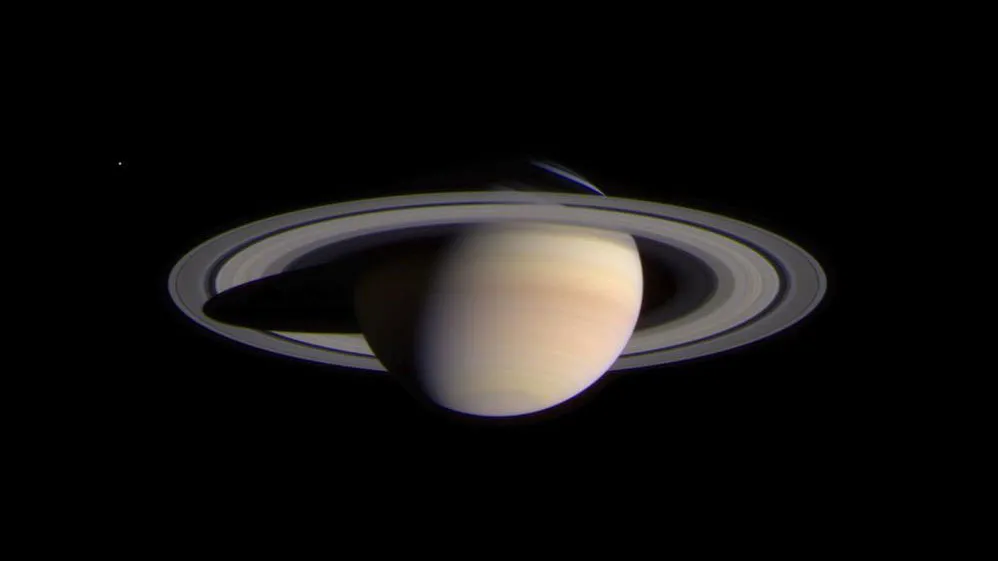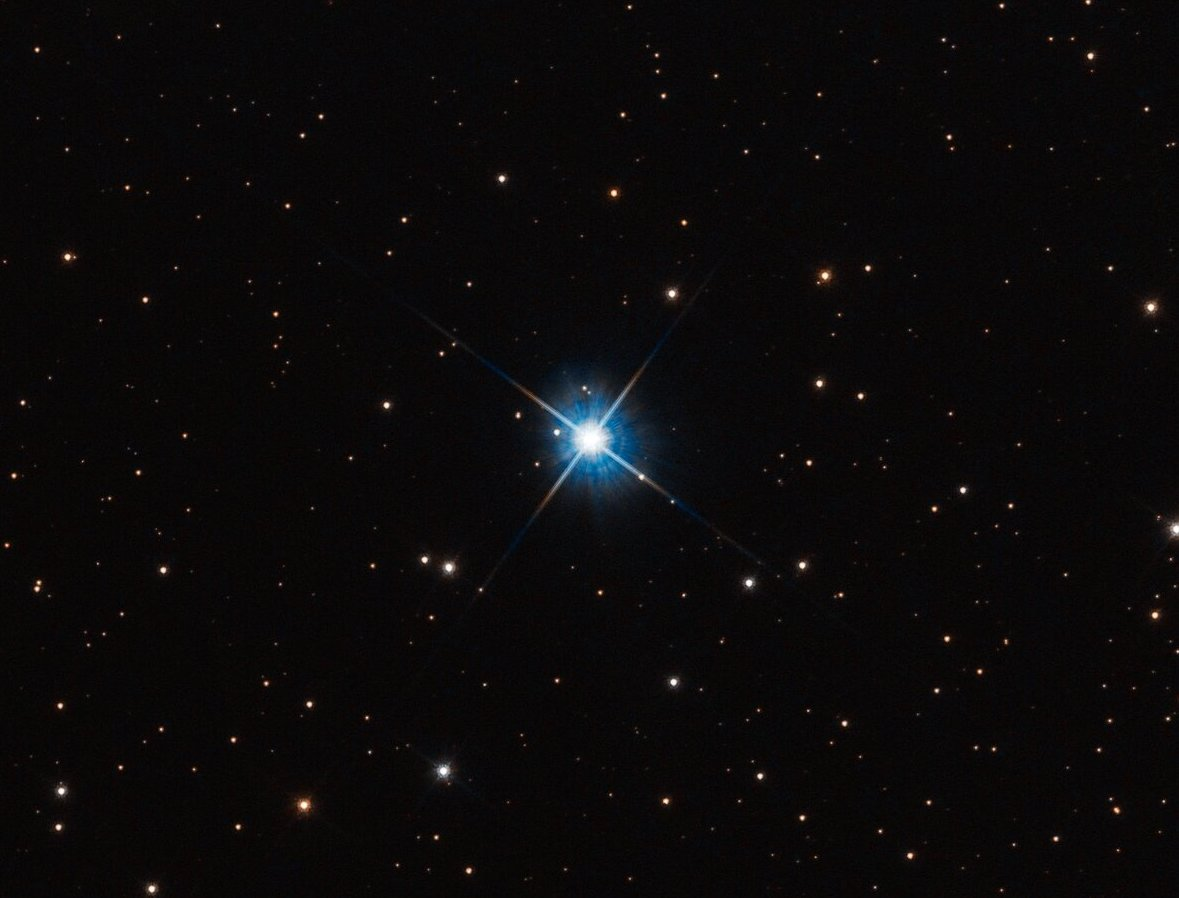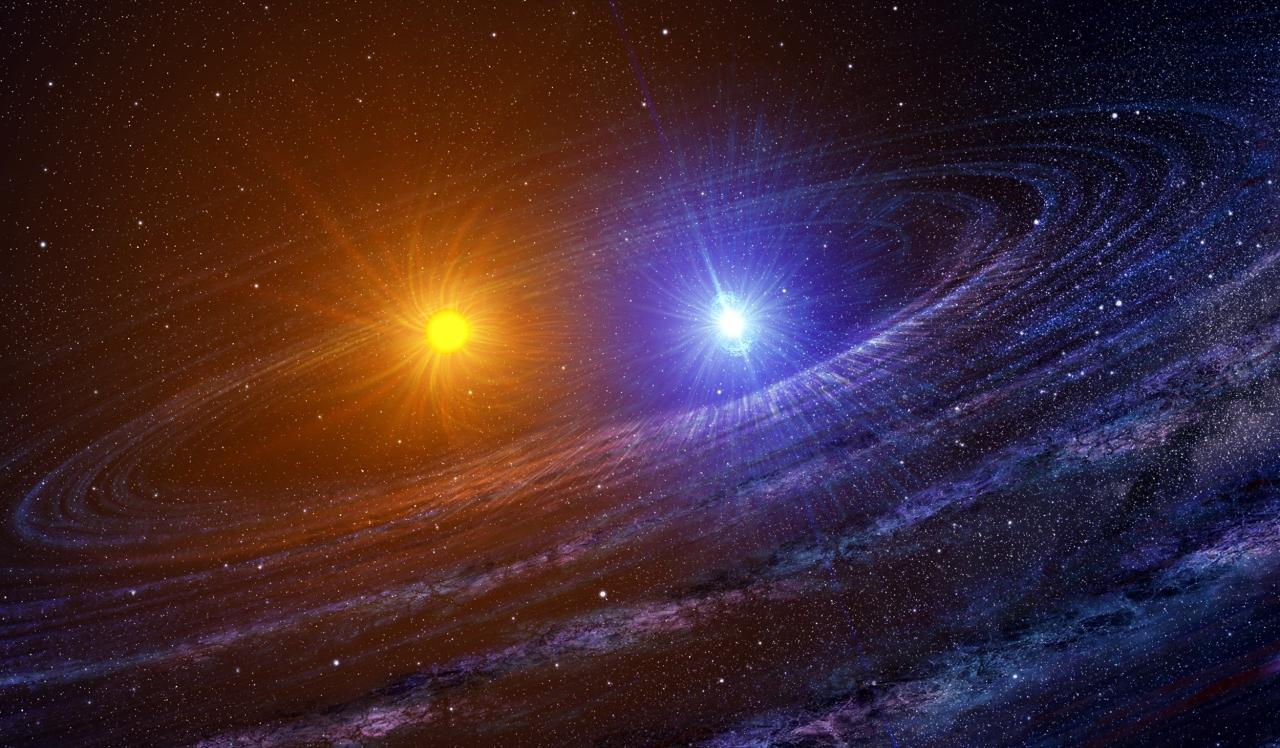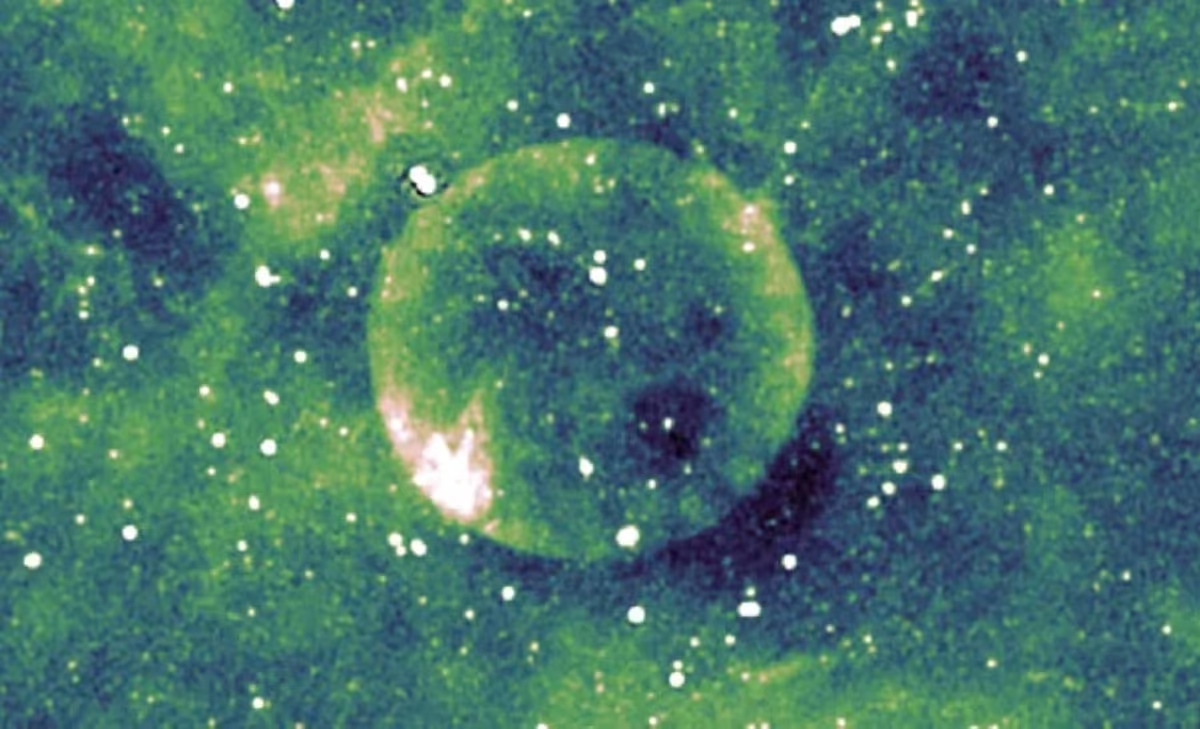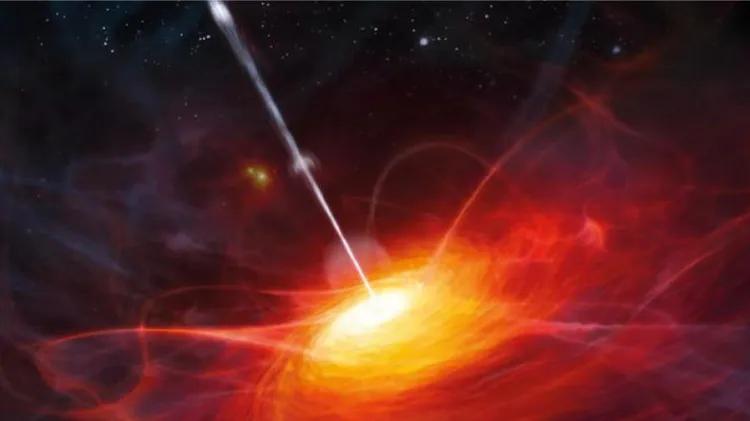innovuscollege – Saturn, the sixth planet from the Sun, is a marvel of our solar system. Known for its stunning rings and numerous moons, it captivates astronomers and space enthusiasts alike. Here’s a closer look at some of the most fascinating facts about this gas giant.
1. The Second Largest Planet
Saturn is the second-largest planet in our solar system, following Jupiter. It boasts a diameter of approximately 86,881 miles (139,822 kilometers), making it about 95 times more massive than Earth. Its immense size and unique features have intrigued scientists for centuries.
2. The Iconic Rings
One of Saturn’s most distinguishing characteristics is its magnificent ring system. Composed of ice and rock particles, the rings span up to 175,000 miles (282,000 kilometers) from the planet’s center but are only about 30 feet (10 meters) thick on average. This breathtaking display makes Saturn one of the most recognizable planets.
3. A Gas Giant
As a gas giant, Saturn is primarily composed of hydrogen and helium. Unlike terrestrial planets, it lacks a solid surface. Instead, its atmosphere features powerful winds, with speeds reaching over 1,100 miles per hour (1,800 kilometers per hour), creating dynamic weather patterns.
4. Rapid Rotation
Despite its enormous size, Saturn has a surprisingly short day. A complete rotation takes just about 10.7 hours. This rapid rotation contributes to its oblate shape, with a noticeable bulge around its equator.
5. Low Density
Saturn’s density is less than that of water, making it unique among the planets. If placed in a massive enough body of water, Saturn would float. This low density is attributed to its gaseous composition.
6. An Abundance of Moons
Saturn boasts over 80 known moons, the largest of which is Titan. Titan is particularly fascinating, as it is larger than the planet Mercury and features a thick atmosphere, with lakes and rivers of liquid methane and ethane on its surface.
7. The Hexagonal Storm
At Saturn’s north pole lies a bizarre hexagonal storm, measuring around 14,000 kilometers (8,700 miles) wide. This six-sided jet stream is a unique phenomenon not seen anywhere else in the solar system and adds to the planet’s mysterious allure.
8. Ancient Yet Young Rings
While Saturn itself is over 4.5 billion years old, its iconic rings are believed to be relatively young, possibly only around 100 million years old. This intriguing age difference raises questions about their formation and evolution.
9. Spectacular Auroras
Saturn experiences magnificent auroras similar to Earth’s northern and southern lights. These vibrant displays occur when the planet’s magnetic field interacts with solar wind, creating stunning light shows at the poles.
10. Seasonal Changes
With an axial tilt of about 27 degrees, Saturn experiences seasonal changes akin to those on Earth. This tilt affects weather patterns and ring visibility over time, providing a dynamic view of the planet throughout its long orbital period.
Conclusion
Saturn’s unique characteristics and stunning beauty make it a captivating subject of study. From its awe-inspiring rings to its myriad moons and dynamic atmosphere, Saturn continues to intrigue scientists and space lovers alike. As we learn more about this gas giant, it reminds us of the vast wonders of our solar system.

